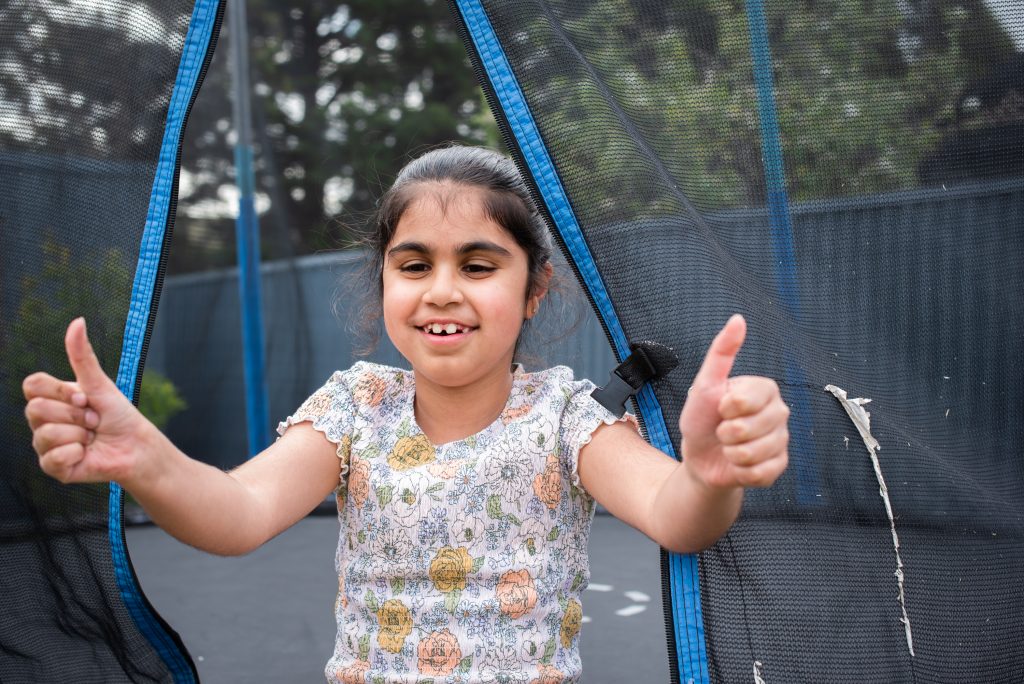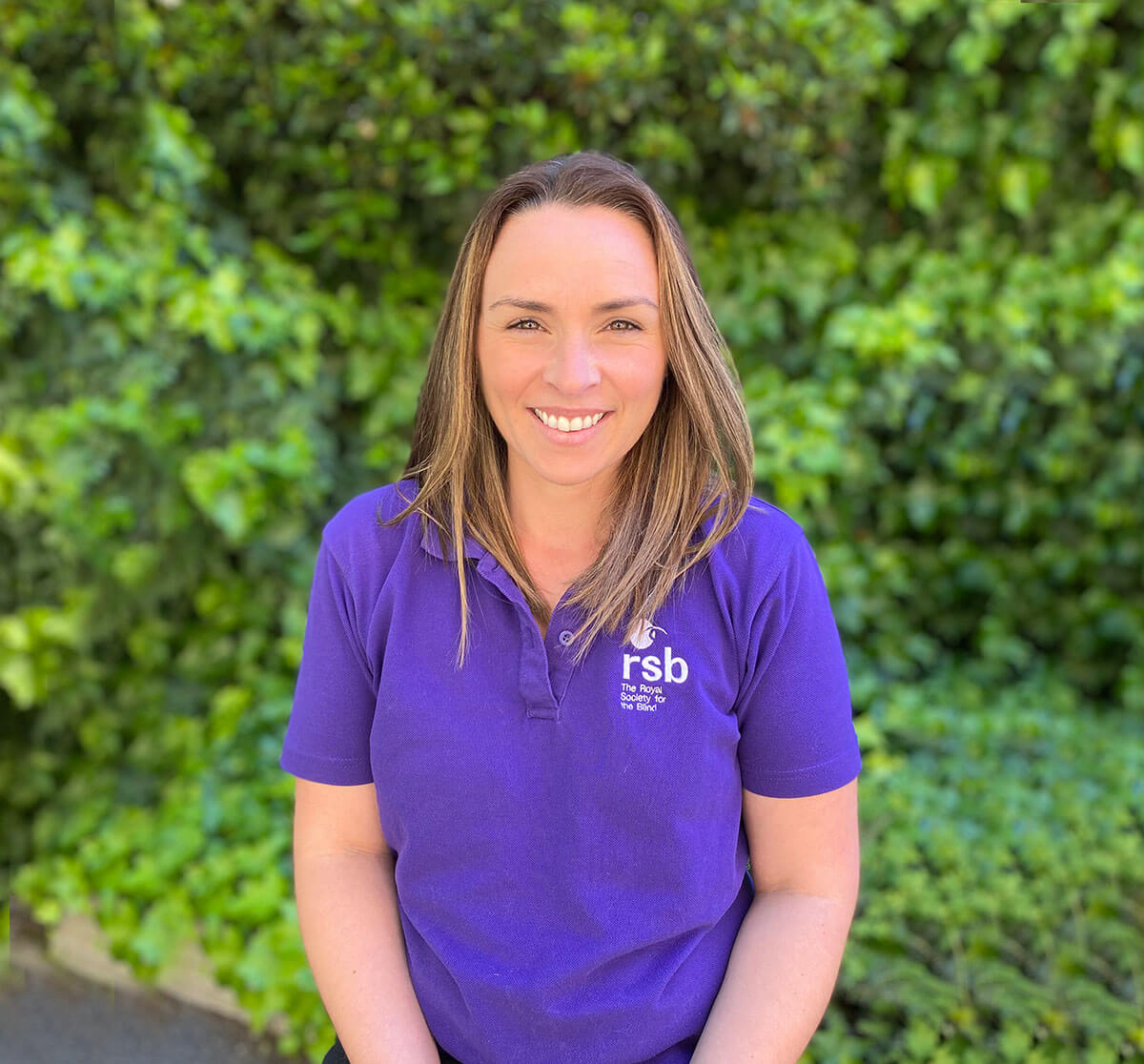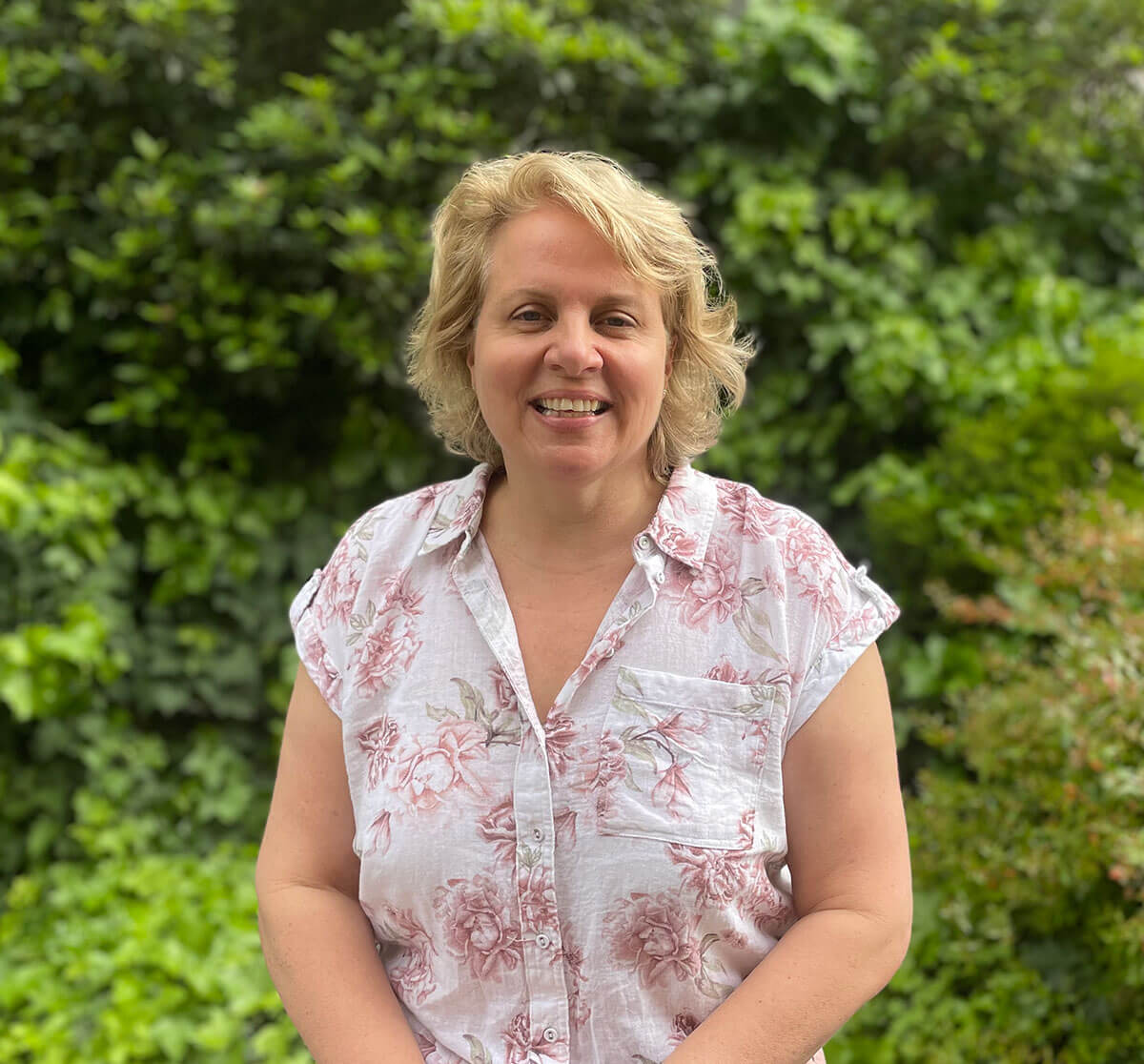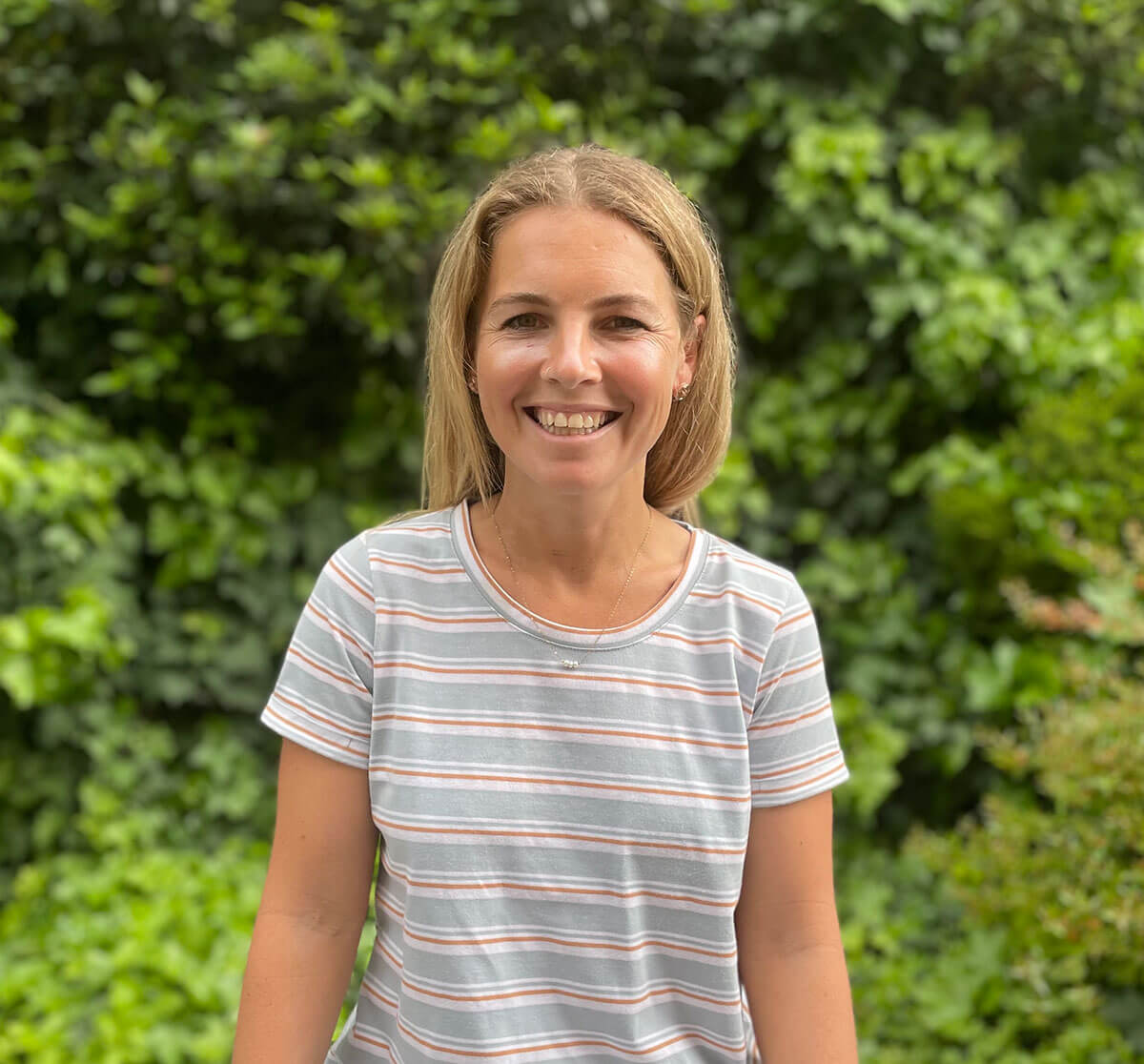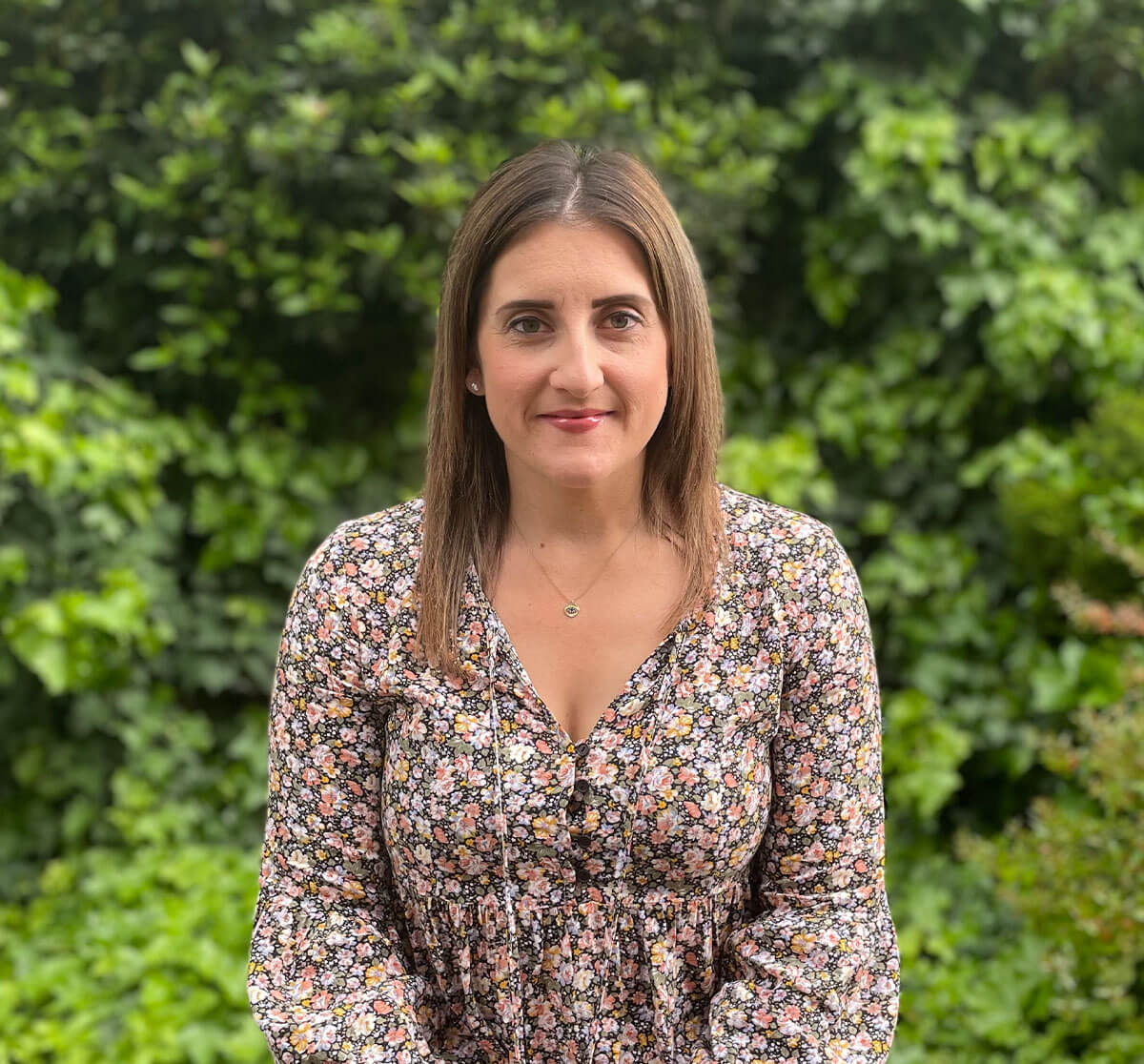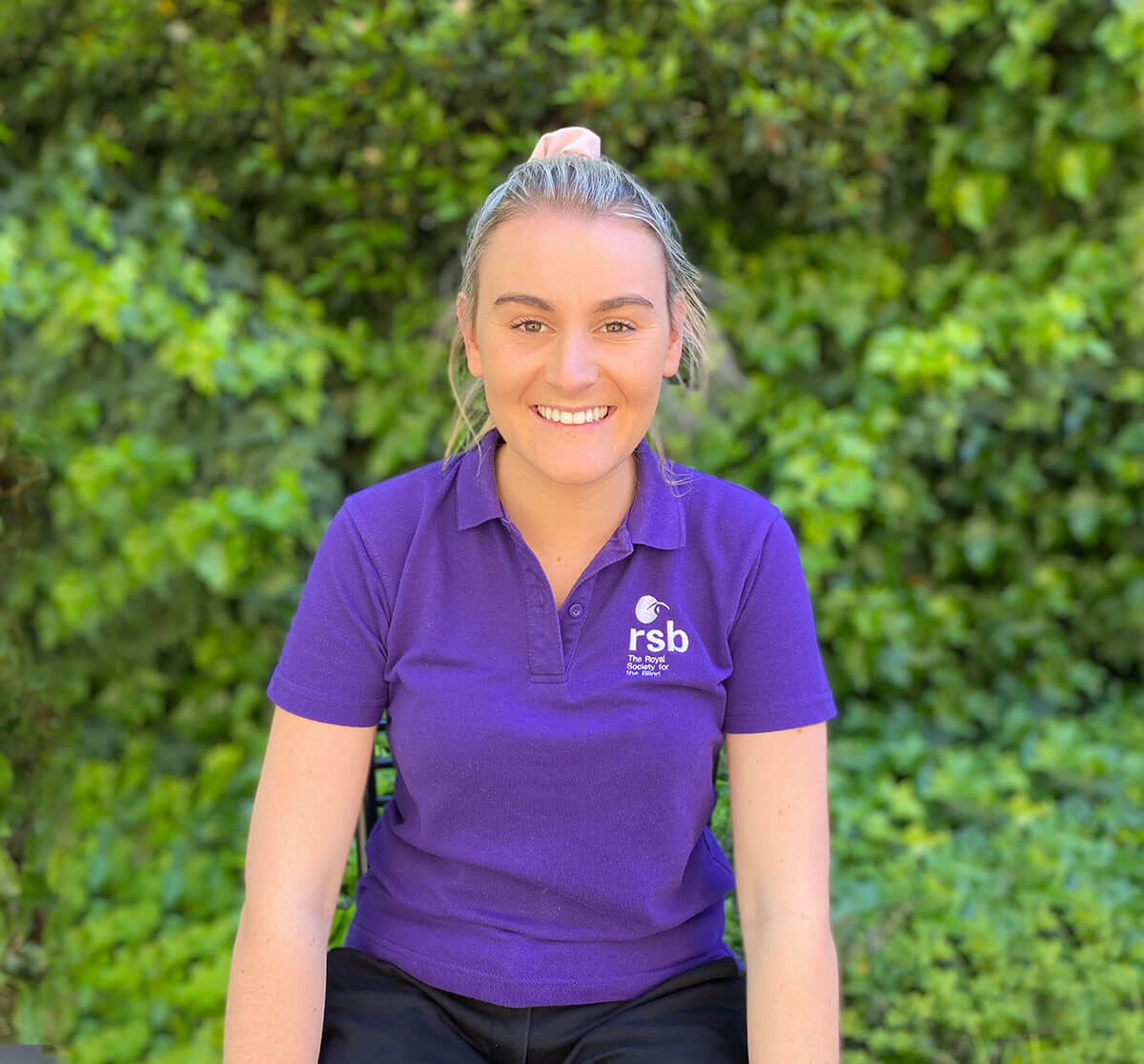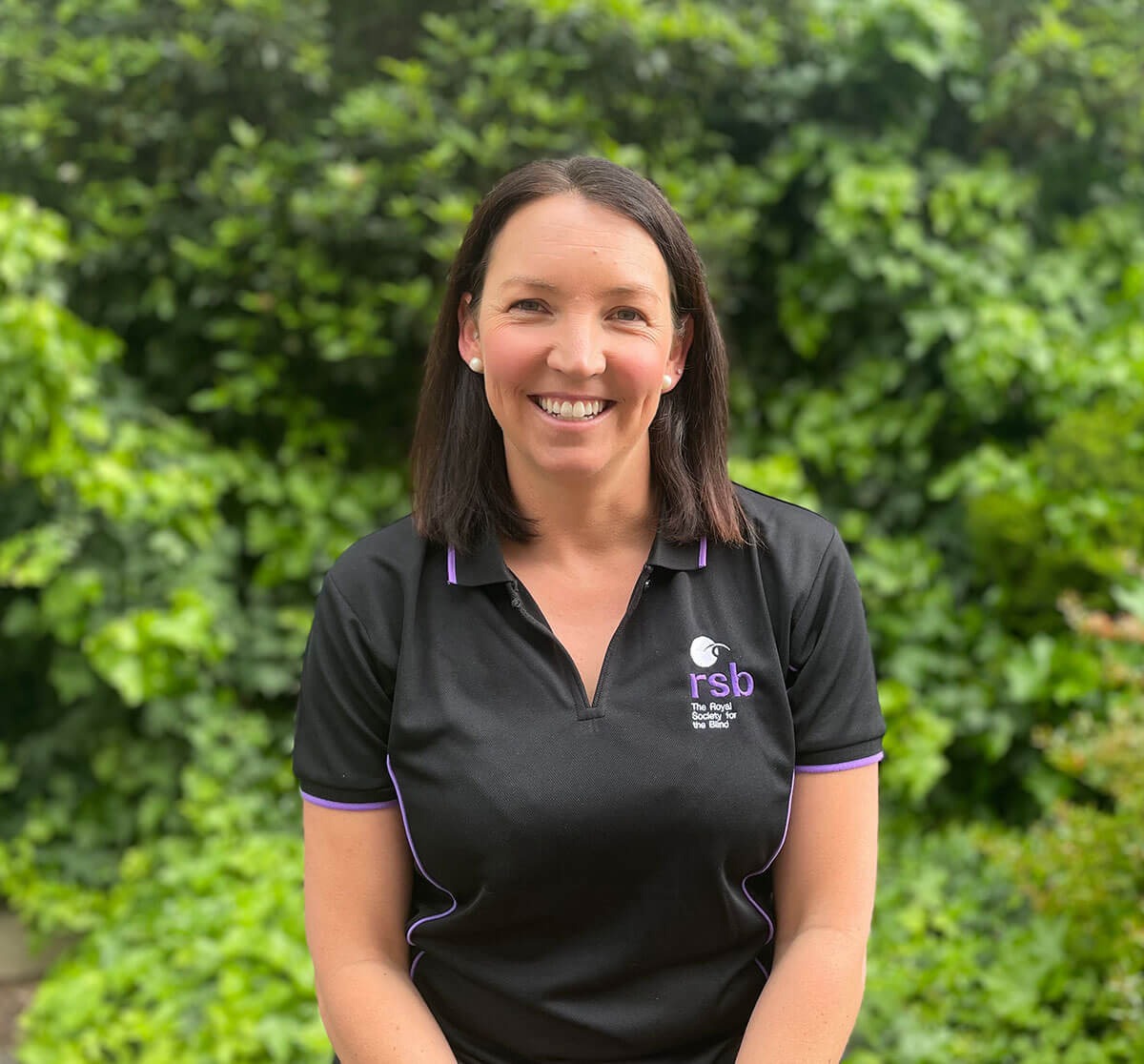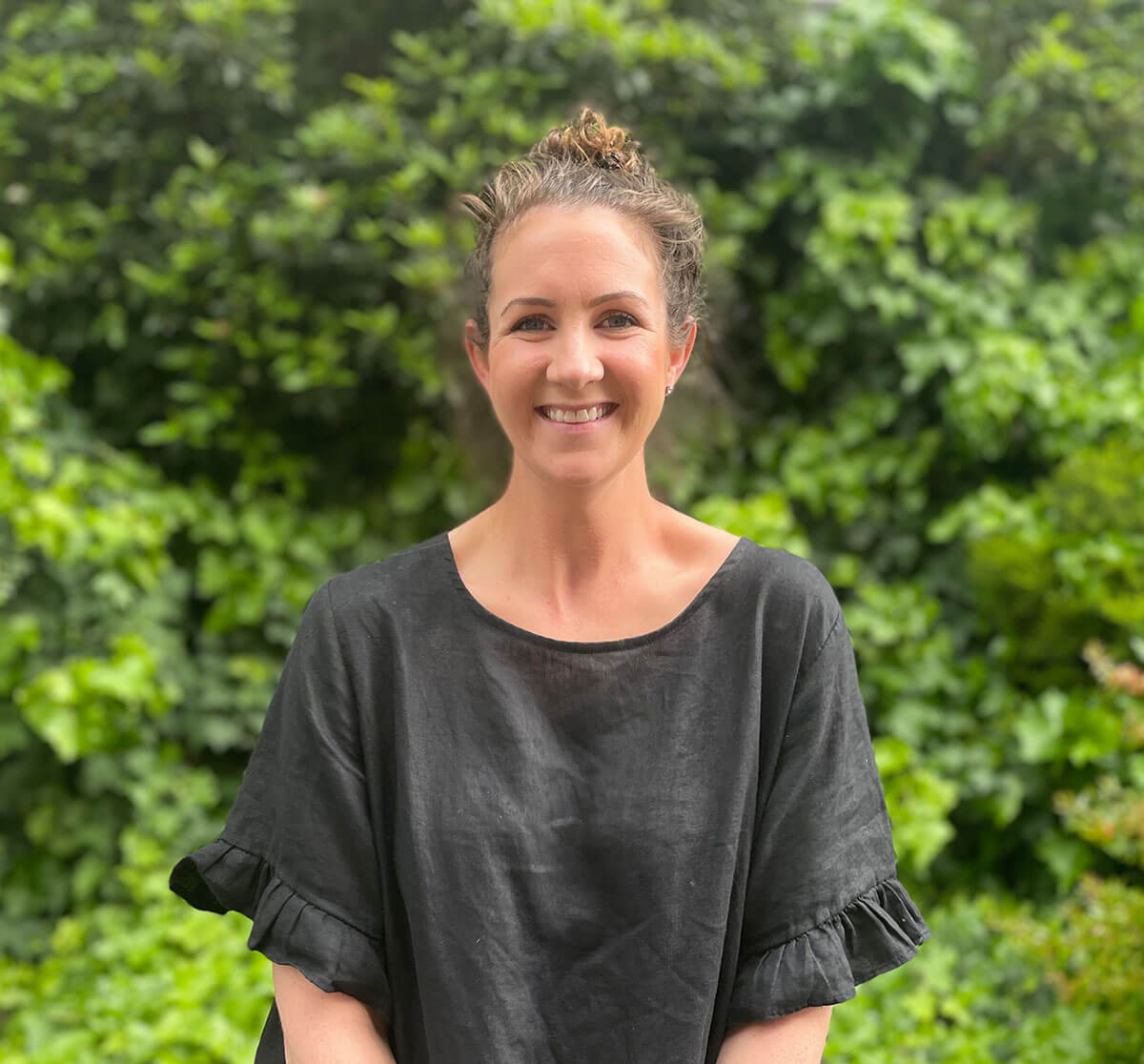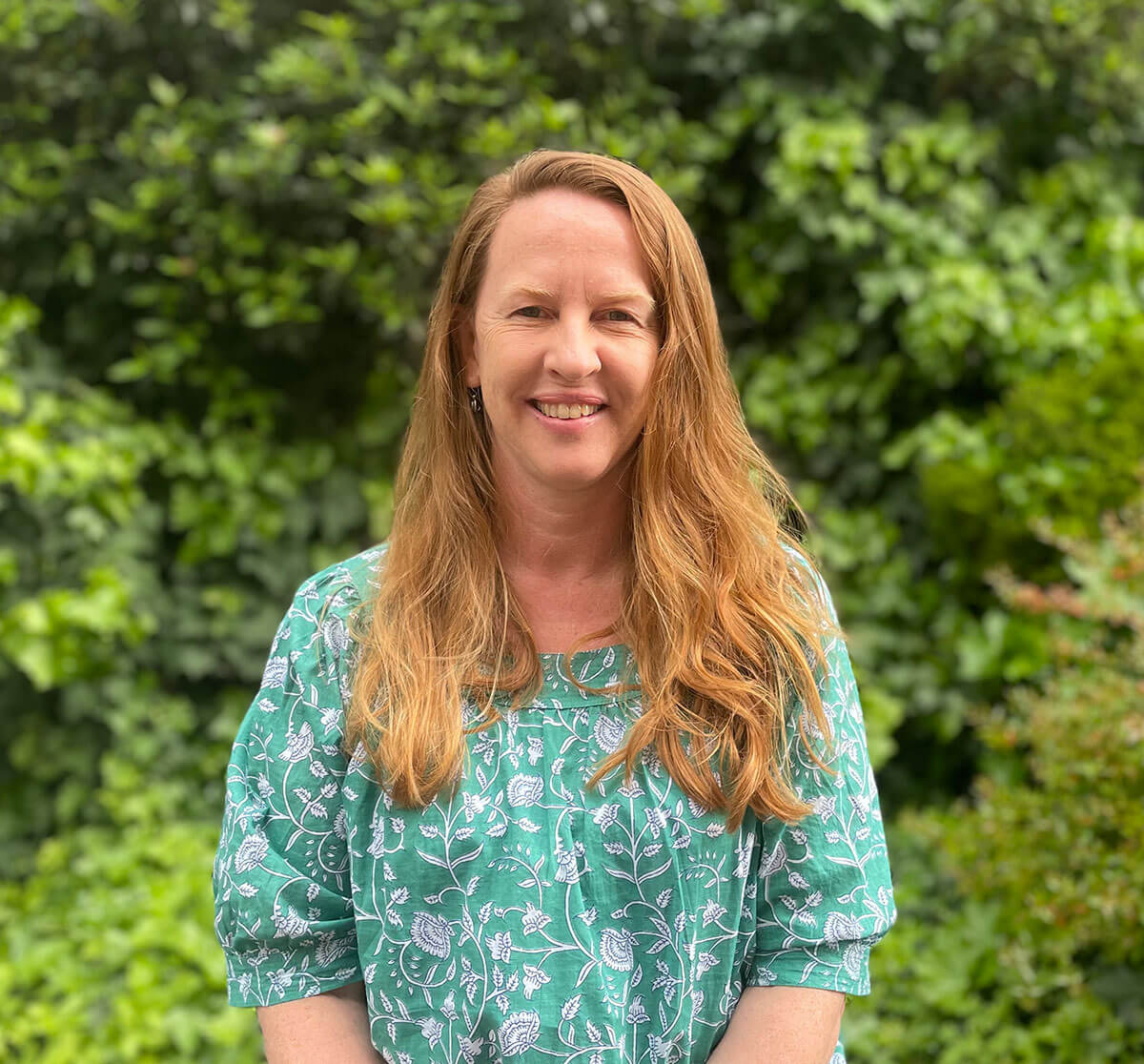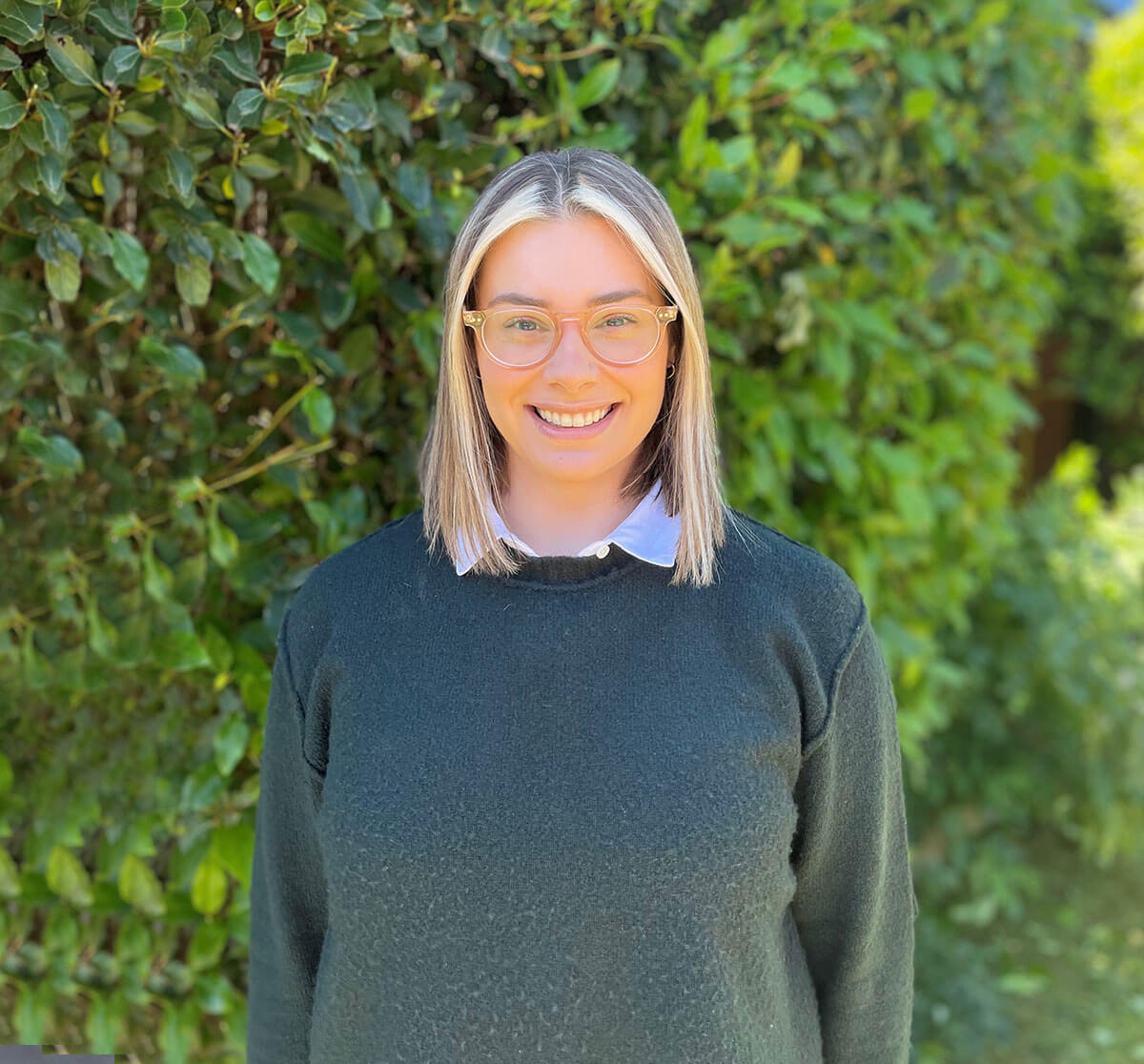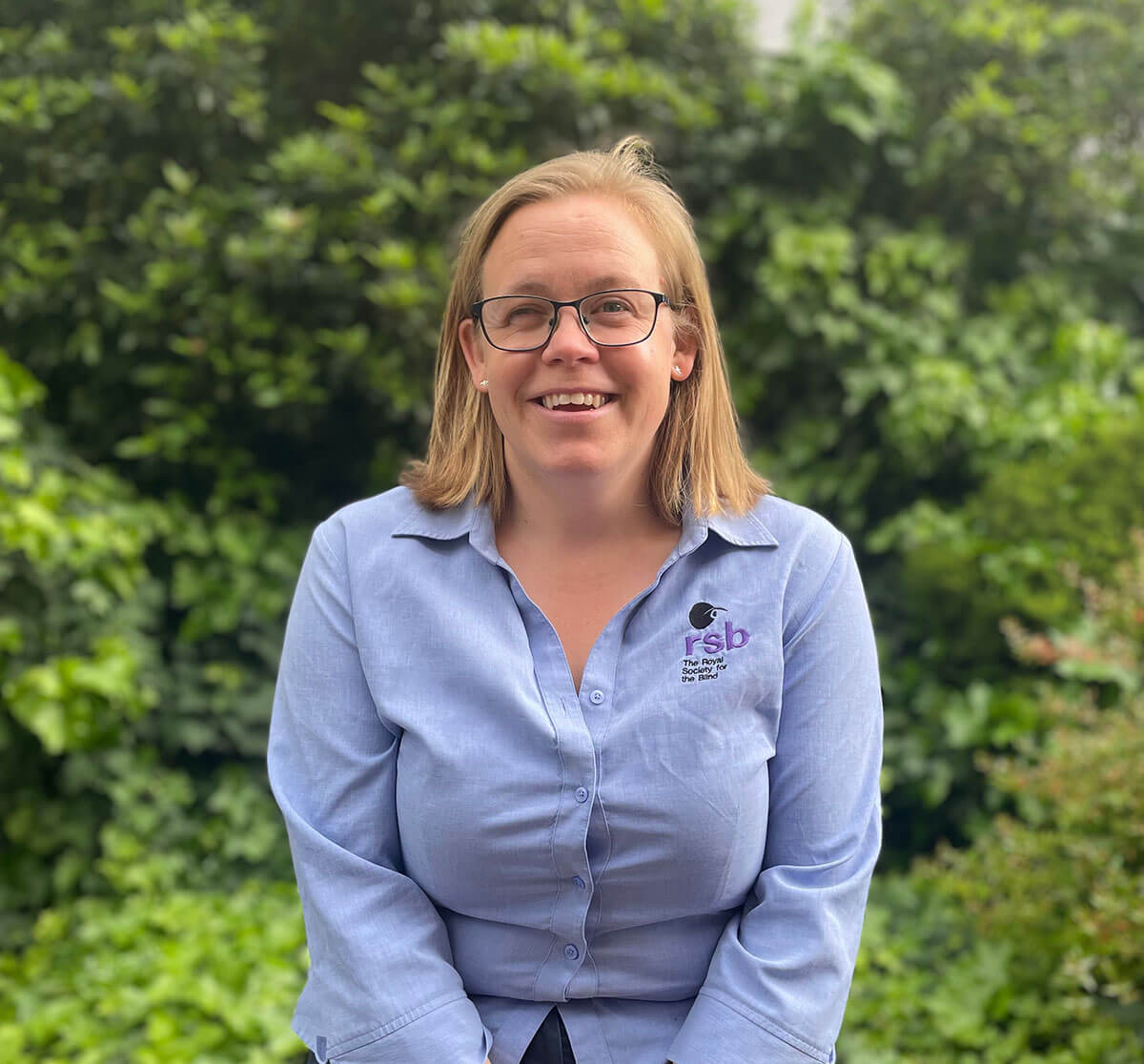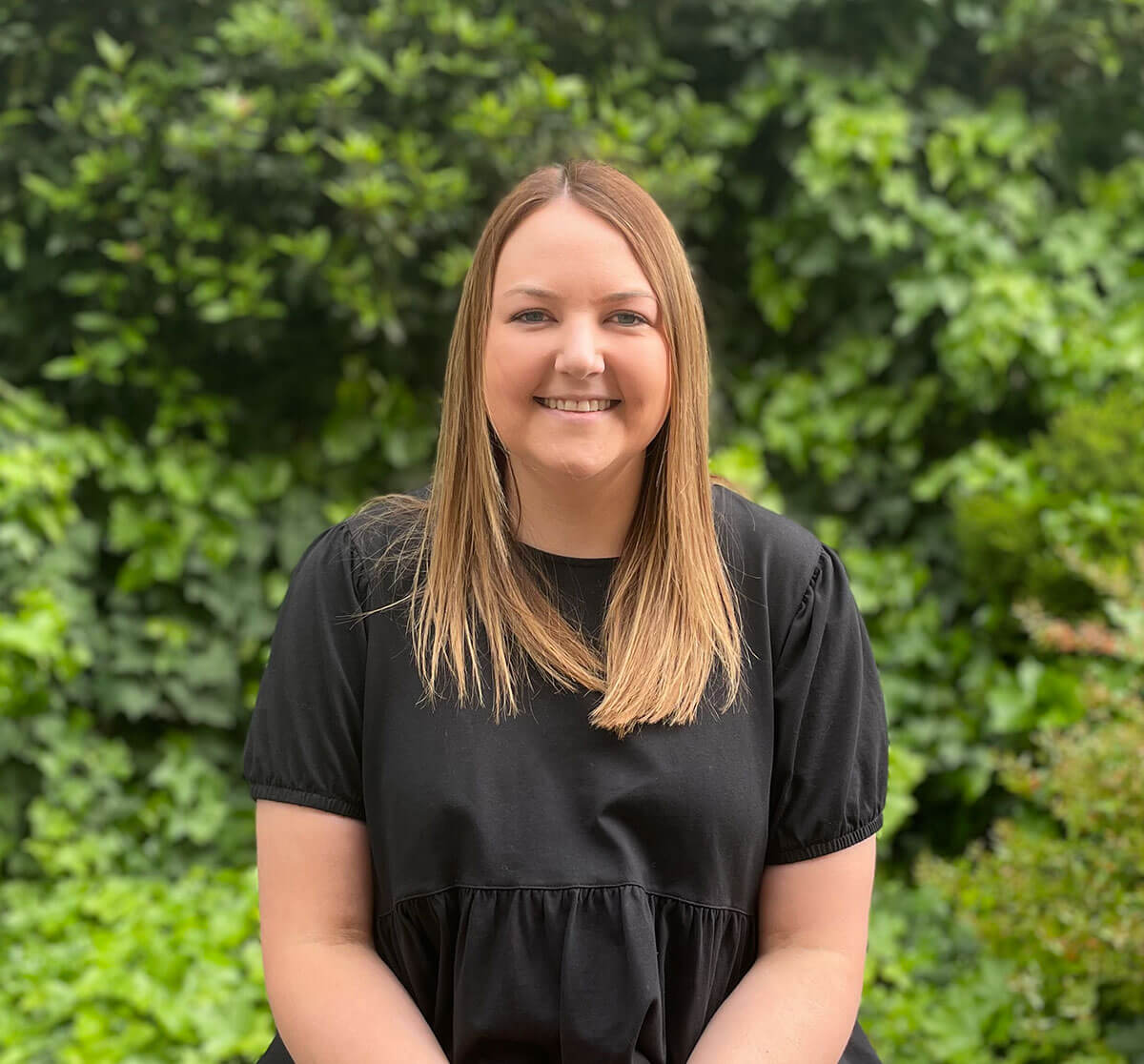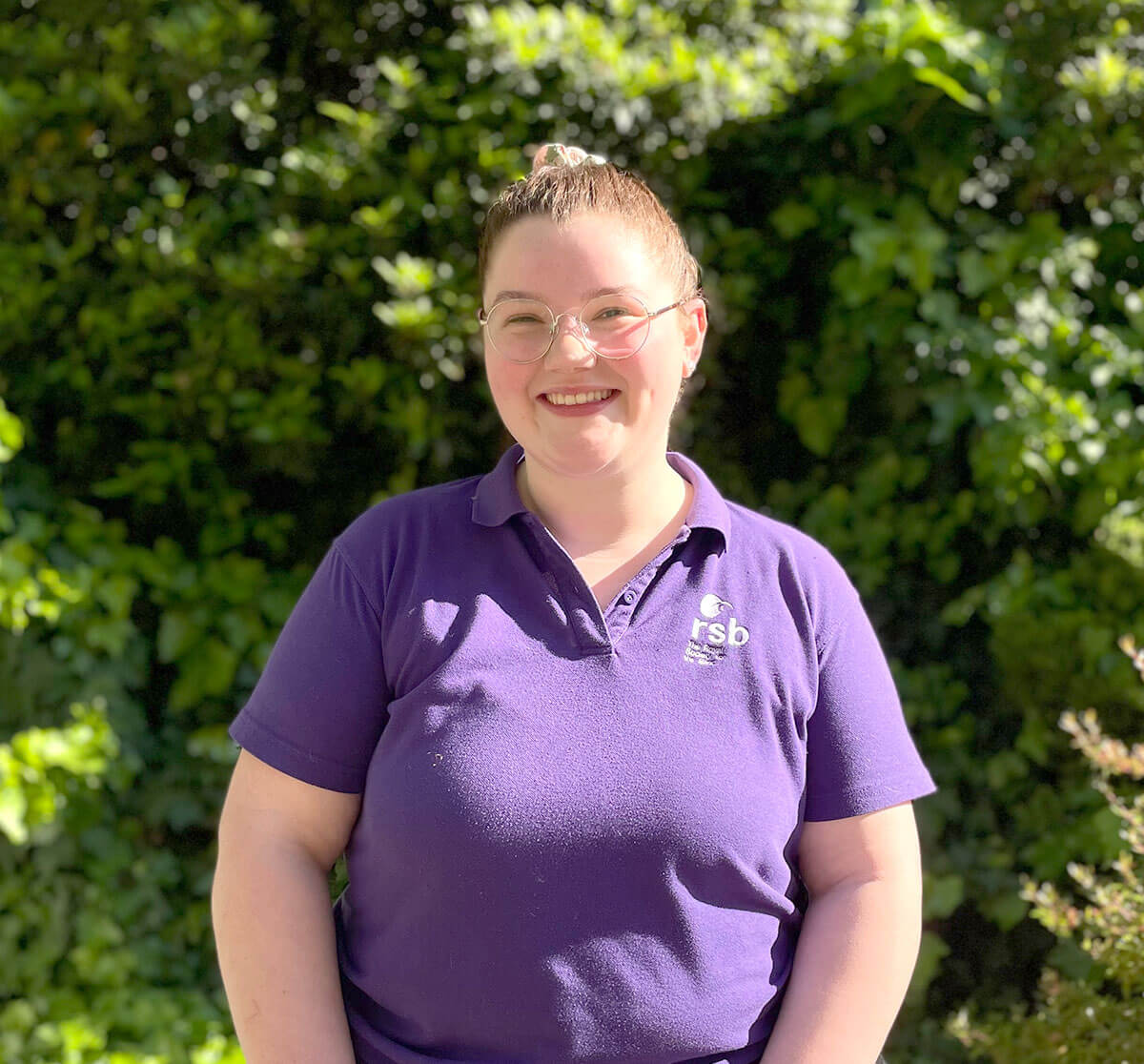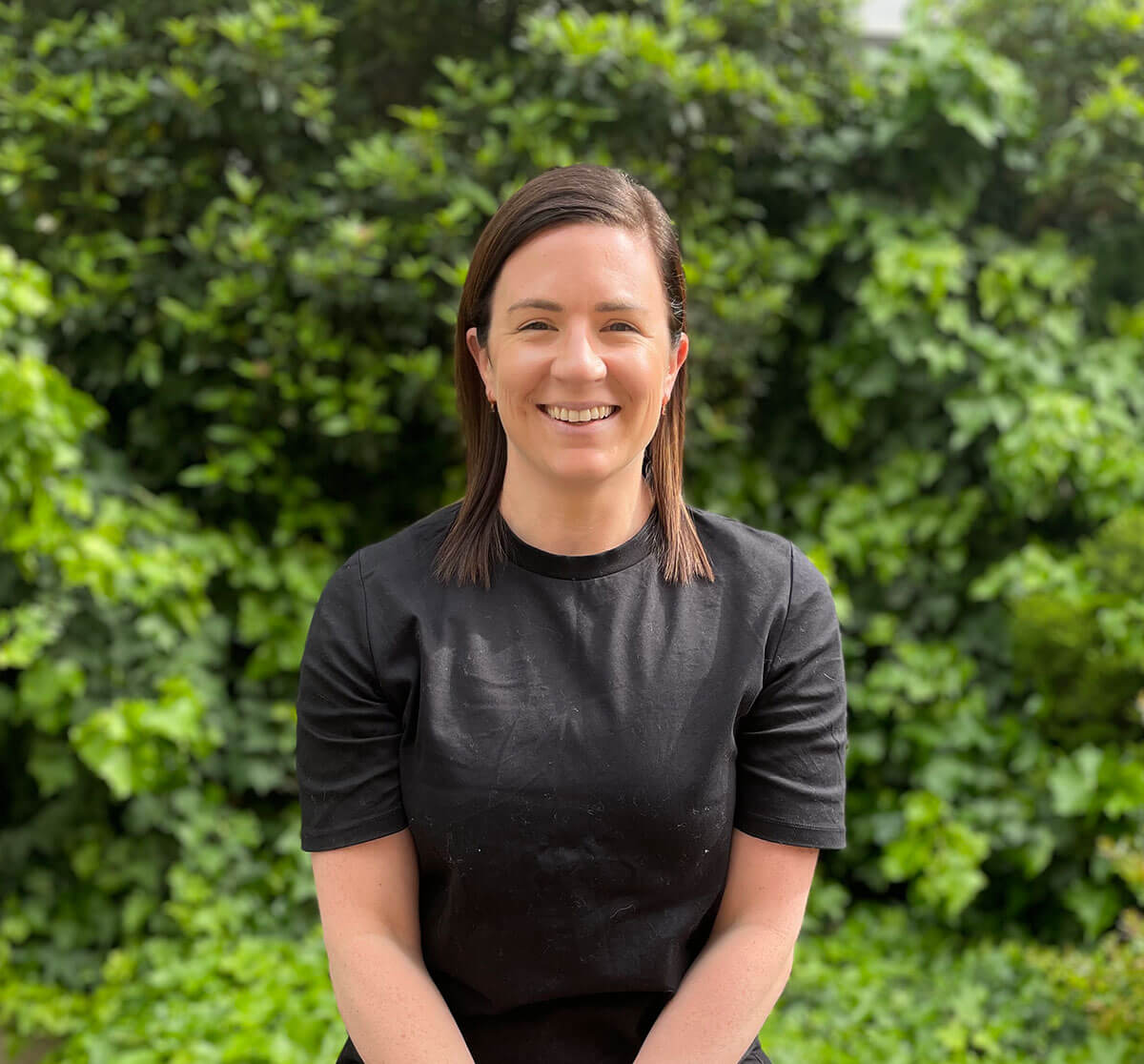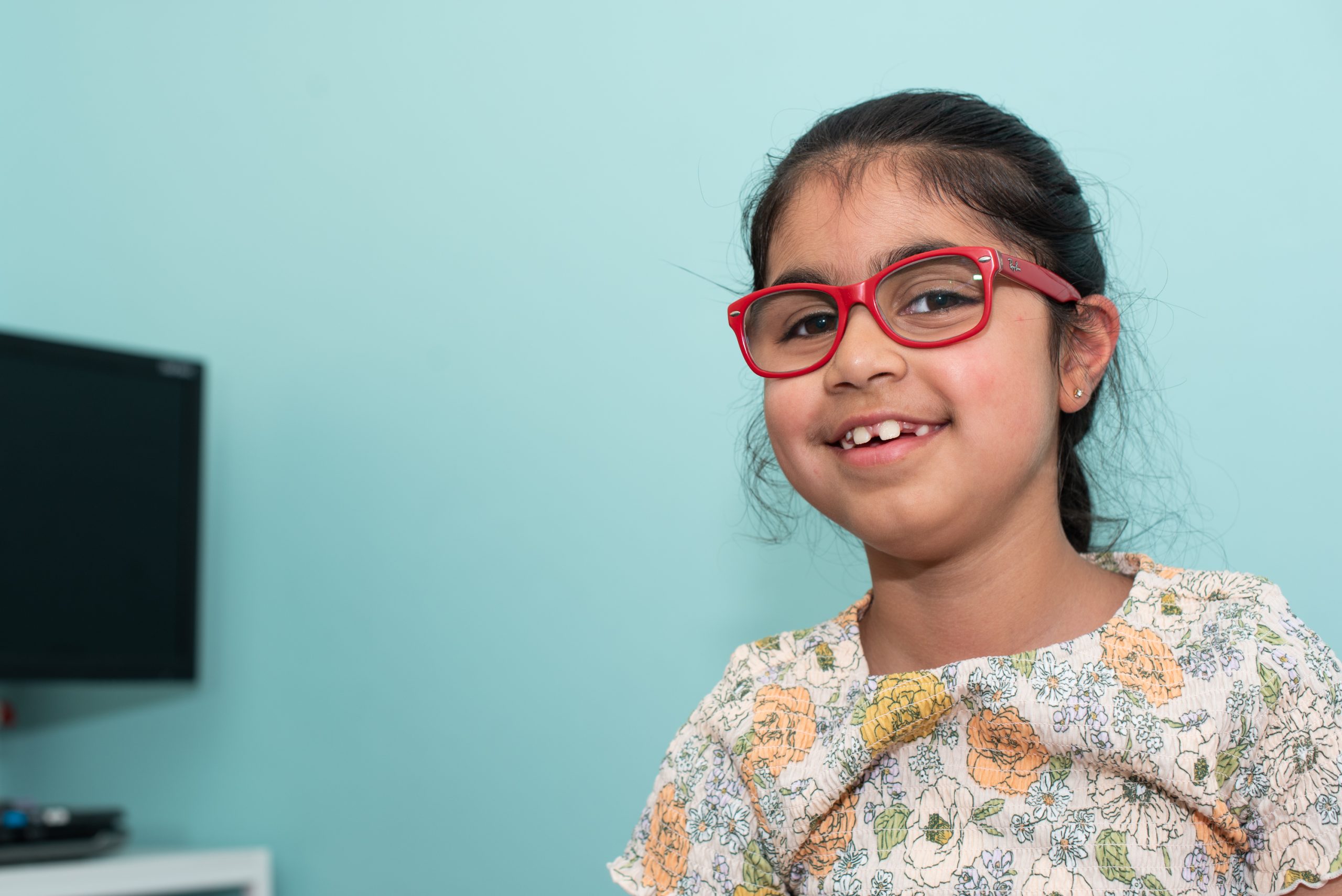
In many respects, Amaaya Bedi is a typical 8-year-old girl. She loves going to school, spending time with her friends, and is very excited about soon becoming a big sister.
But Amaaya is unique. When she was just 18 months old, she was diagnosed with Leber’s congenital amaurosis, an inherited eye disease which progressively causes blindness due to abnormal photoreceptor cells. Amaaya has a form of the disease caused by the absence of the CRB1 gene despite no family history of the disease.
There are only about 100 other children throughout Australia with the same condition. In the past, there were no viable treatment options, but recent advances in gene therapies are giving children like Amaaya and their families hope for a different future.
Her father Gags is passionately fighting for fair access to clinical trials and for all Australian children to receive this life changing gene therapy once it is available.
“Since Amaaya was diagnosed I have been fighting to learn all I can about her condition, to know the options for restoring her sight and opening up new opportunities for her. We’ve been to the US, I keep in touch with leading global researchers and I won’t stop fighting for my little girl,” said Gags Bedi.
“In the past few years’ medical teams in Philadelphia and the Netherlands have made huge progress and gene therapies for inherited eye conditions causing blindness are now in clinical trials. Similar genetic conditions in the US can already be treated with gene therapies, with incredible success,” he said.
With his daughter’s eyesight deteriorating, Gags is hopeful that Amaaya can receive gene therapy in time to restore her eyesight, but he says Australian governments and medical providers should be doing more to remain at the forefront of the latest technologies and treatments.
“Gene therapies are expensive and they take time to administer, but the impacts are life changing because they fix the genes that cause the blindness. I am calling for our new State Government to listen and work with us to find an appropriate treatment path for Amaaya and children like her in South Australia.”
Amaaya receives regular support from Royal Society for the Blind SA (RSB) to help bolster her independence and make best use of the very small amount of sight she still has. RSB offers services and support to more than 8,000 South Australians who are blind or experiencing low vision, and according to RSB Executive Director, more needs to be done to invest in preventative and life changing therapies.
“We know that gene therapy is expensive, and in the US it costs nearly $1m for this treatment. But we also know that children like Amaaya deserve the opportunity to have their sight restored, and we are working with the Bedi family to ensure Amaaya has access to Australian clinical trials as soon as they are available,” Damian said.
“Medical advances are moving very rapidly and we need to make sure that Australian research and treatment is at the front of the pack, and that ground-breaking treatment is accessible for everyone, not just those with extremely deep pockets.”
While Gags never imagined how hard he would be prepared to fight for his daughter, he says he won’t stop until she receives life changing treatment.

